Allow moisture that enters or onto the surface of the pavers to dry for at least 24 hours. Allow 48 hours or more if temperatures are cold or if you have used a pressure washer. For best results, sand should be dry to its full depth before sealing it. The best time to seal pavers is after you install them and before you use them.
This will help ensure that the sealant adheres properly and that the pavers are protected from wear and tear. If you really want to protect your investment, you can also seal the surface of the pavers with a water-based paving stone sealant. It is recommended to wait at least 90 days after the initial installation of the paver before sealing the surface with a sealant. Some manufacturers recommend waiting an entire year to make sure that no efflorescence is trapped.
Most surface sealants can be easily applied with a garden sprayer with pump. In general, concrete pavers should be resealed every one to three years, while brick or stone pavers should only be resealed every five years or so. Sealing paving stone joints with polymer sand is the perfect way to ensure that your investment doesn't diminish due to erosion damage, mild weed growth, or insect infestations. To get a free quote for paving stone cleaning, sanding and sealing services, feel free to leave us a message or call.
Polymer sand is the perfect product for sealing the joints of pavers, avoiding the three possible problems mentioned above. The best time of year to seal paving stones is in spring or fall, when the weather is cool and there is less chance of rain. If you follow these simple steps, you'll be able to successfully seal your pavers with sand and protect them from the elements. It is important to use the right type of sand and to seal pavers in a timely manner after installation.
Sealing pavers with sand is an important process that can help protect them from weather and stains. Many homeowners prefer to seal joints after installing pavers to prevent weed growth, insect infestation, and block movement. If you follow the expert advice in this blog post, you can seal your pavers with sand properly and ensure they look great for years to come. Polymer sand is the best option for sealing pavers, as it binds them together and helps fill in any crevices or spaces.
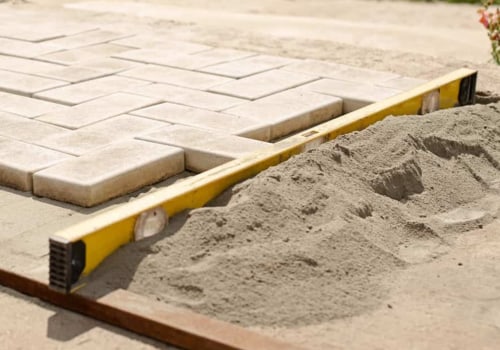
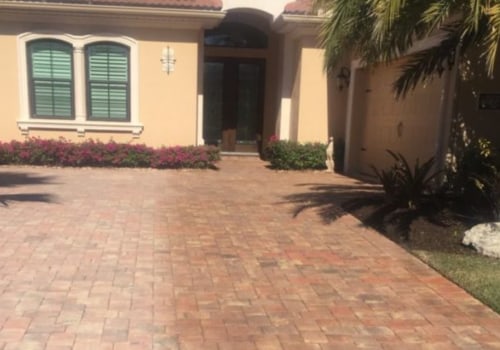
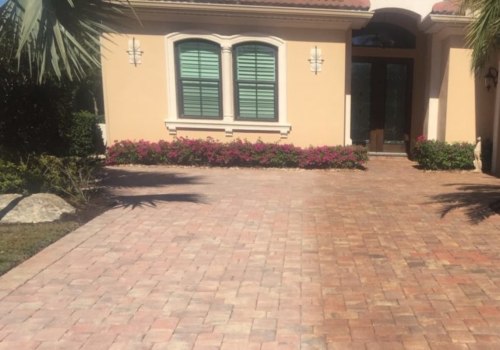
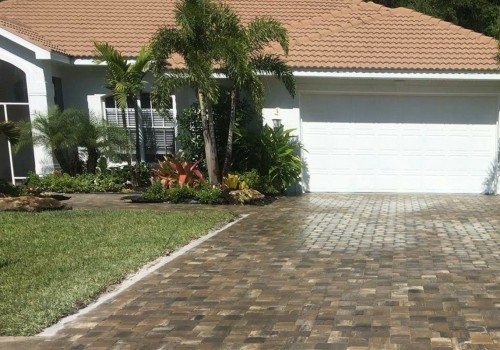
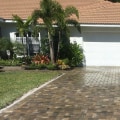
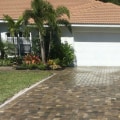
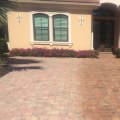
Leave Message